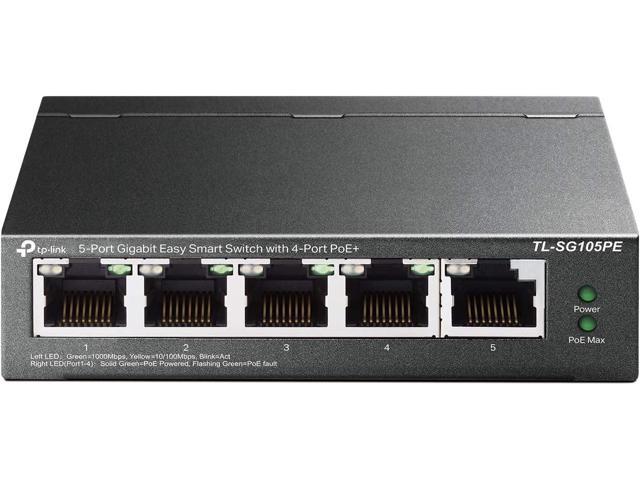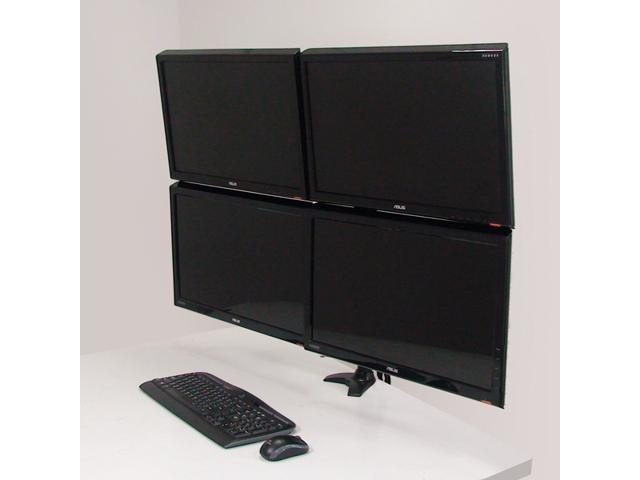Traditional pharmaceutical development is an unwieldy process requiring extensive experimentation and long lead times before process scientists can fully understand the effect that process parameters such as pH, temperature, cell viability, or process yield may have on the product acceptability. Implementation of quality by design is a science-based approach that allows the operating ranges and the acceptance criteria to be established based on the impact on product quality attributes. During manufacturing, process monitoring becomes part of a continuous verification effort and statistical control limits can be used to signal potential trends or drifts in the process. Single manufacturing batches that are aberrant are readily identified. The melding of scientific understanding, information systems architecture, instrumentation, software, and personnel training provides a large return on investment by ensuring that the manufacturing process produces a consistent pharmaceutical product that meets acceptable release standards for human use. Table of Contents: Abbreviations / Introduction / From the Traditional Development Path to Quality by Design / Continuous Process Verification and Process Monitoring / Process Monitoring and Statistical Control Limits / Multivariate Analysis: A Mature State of Statistical Process Monitoring / Conclusion / Bibliography















